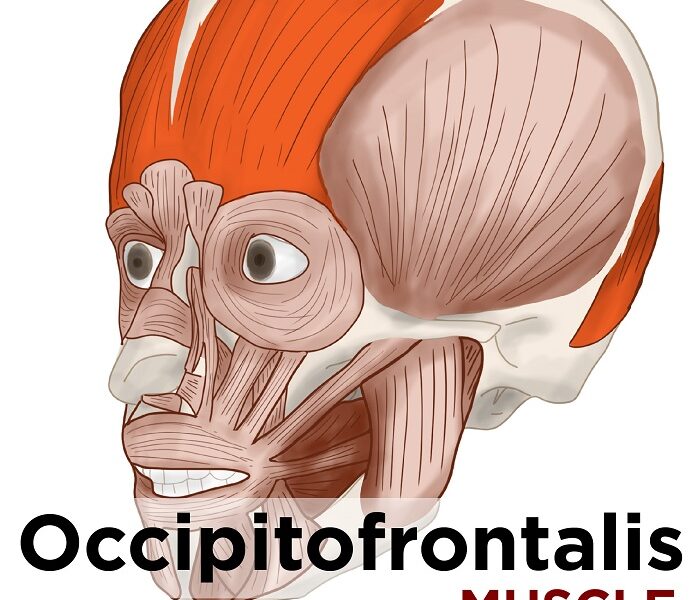Occipitofrontalis muscle: making you surprised and confused

We raise our eyebrows in surprise and wrinkle them when confused. This is all thanks to the occipitofrontalis contracting accordingly.

Occipitofrontalis (also called epicranius) is a facial expression muscle, it covers the top of the skull and then some like the forehead and the back of the head. It’s composed of two bellies: frontal and occipital. Some authors consider the bellies as two separate muscles, saying that the frontal and occipital bellies should be separate muscles. But other sources classify it as a single muscle, and then throw in the temporoparietalis as part of the whole thing.
Both bellies are connected by a thick fibrous sheath (epicranial aponeurosis or galea aponeurotica) that goes all over the top of the skull.
Since it covers a great portion of the head, if we’re stressed out and wrinkling our forehead for long periods of time, causing the muscle to be contracted, it can cause stress-induced headaches. In fact, some surgical approaches consider desensitizing the the mechanoreceptors in the muscle to relief chronic tension headaches in some patients with certain conditions.

What does the Occipitofrontalis Muscle do?
It’s divided into two bellies: occipital and frontal, that serve us for facial expressions involving the eyebrows and the forehead.
Occipitalis muscle (occipital belly) pulls the scalp back while the frontalis muscle (frontal belly) is in charge of raising eyebrows and wrinkling the forehead when we make that confused expression.
Evolution
Occipitofrontalis muscle is only good for making facial expressions, communication if you will. However, in other animals like apes, whose heads aren’t balanced on the backbone, they tend to have strong muscles that pull the skull back, thus the attachment points for the occipitofrontalis muscle in these animals are prominent and the muscle bellies are strong and well developed.
It’s got two bellies: Frontal and Occipital
Occipitofrontalis Muscle Basics
Innervation
Facial nerve (VII)
Blood Supply
- Frontal belly
- Supraorbital and supratrochlear arteries
- Occipital belly
- Occipital artery
Muscle Attachments
Occipitofrontalis origin
Skin of the forehead; highest nuchal line.
Occipitofrontalis Insertion
Epicranial aponeurosis
Reference
Standring, Susan. Gray’s Anatomy: The Anatomical Basis of Clinical Practice. , 2016. Print.

Leave a Reply